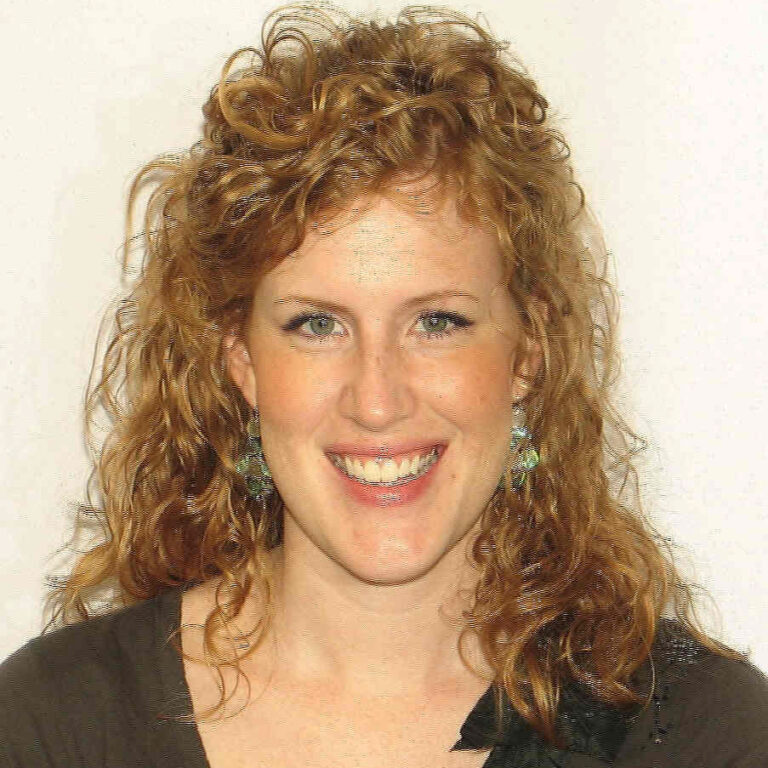As I hear the partisan language connected to the midterm elections, I cannot help but reflect on how we got here. It may be difficult to think of anything except current red and blue debates over the role of the government. These debates are familiar in American history. I am especially interested to see the ways that the word ‘liberal’ is used. More generally, liberalism as a political theory is associated with government by consent that values human rights.
Our new nation struggled to figure out the strength of the federal government. The Articles of Confederation gave little power to the federal government and each state had a great deal of power. But this first draft of creating a democratic republic did not work. The Constitution grew out of the scrapped Articles, but the debate over the strength of the federal government continued. Interestingly, those who favored a strong federal government, the aptly named Federalists, made a good case for a strong centralized government. The less creatively named Anti-Federalists were suspicious of a strong centralized government. The Rebellion or Revolution was too recent for the Anti-Federalists to feel comfortable with anything that remotely smacked of monarchy or strong centralized power. As the Federalists won the battle over ratification of the Constitution, the Democratic Republicans (eventually becoming the Democrats) became the ones to champion the rights of states and to caution against a strong central government. While the political associations of our two party system has changed over time, the debate over the strength of the government continues.
But how strong should the federal government be? Over time, Americans worked to expand the political sphere to include more people and to expand the reaches of federal and local governments to provide more services and aid to its citizenry. According to historian Alan Brinkley, the history of liberalism followed four distinct steps. Brinkley sees the first stage as the ‘laissez-faire’ (hands off) understanding of liberalism, characterizing the 19th century, where the government functioned in a limited capacity, the state was more fluid, and did not interfere with the markets or the advances of capitalism. But in late 19th and early 20th century, liberalism transformed into progressive/reform liberalism, characterized by the criticism of laissez-faire as many Americans expected the government to regulate the markets in order to protect its individual citizens from corporate power and excess. However, Brinkley notes that the progressive/reform liberalism of the early 20th century failed to prevent or stop the Great Depression, thus a new era of liberalism emerged. New Deal liberalism reflected the ‘lessons’ of the Great Depression in that New Deal liberalism recognized the government must play a key role in the economy. The era of New Deal liberalism in the late 1930s and 1940s also oversaw the shift from a producer-focused economy to a consumer-focused economy. Although the consumer-based system did not work especially well with high unemployment, the production during World War II and its aftermath helped businesses to shift to consumer goods. New Deal liberalism, according to Brinkley, was not as interested in moral progressive ideas as it feared the divisiveness of cultural battles, but did engage social welfare and how to distribute it, rooted in embedded concepts of ‘the deserving poor’ as working and involved in production as well as assumed to be a male head of a family. Brinkley outlined the fourth stage of liberalism as shifting to a civil rights focus and the expansion of civil liberties and individual freedoms for everyone, including women, African American, and other ethnic and minority groups. A rights-based liberalism runs into problems with the Cold War fears of communism, but found its traction especially in the Civil Rights Movement and the flowering of the New Left.
Twentieth century US liberalism, as a movement encapsulating the change from a laissez-faire idea of little government control and ‘interference’ to a movement concerned with expanding government power and the expansion of the political sphere to include all citizens, maintained these goals throughout the 20th century. However, the liberalism movement underwent many changes to accomplish those goals. One cannot fully understand the debates over the role of the federal government of today without understanding the social and political movements of the 1960s. The 1960s will not make sense without understanding the New Deal era. But one cannot understand the New Deal era without a clear picture of the Progressive era foment for reform and governmental help. Populism grounds a better understanding of the Progressive Era and Reconstructions lays the foundation for Populism, thus demonstrating the critical importance of understanding these movements and their interconnectedness with each other.
What might today’s political debates look like if both sides understood the long history of this legitimate debate over government size?

